I’m often asked by leaders to support their organisation to execute their strategies. So over the years, I’ve come to recognise common anti-patterns which hamper organisations from delivering upon their strategies.
In this article, I introduce the main anti-patterns I’ve come across. In the next article, I’ll share the patterns which create the mindset, ways of working and conditions for more effective strategic execution.
But first what is a strategy and how does it relate to organisational transformation?
Strategy and Organisational Transformation
“A strategy is something which gives consistency over time and contains the essence of how you’re going to be different”
Gary Hamel
An organisation is likely to be employing multiple strategies. Each strategy is a vehicle for organisational transformation and value creation. They can fall into these categories:
- Business – In a rapidly changing world, what’s right for the business and the colleagues? Yesterday’s success may not be tomorrow’s.
- Competitive market – How should the company differentiate itself? What privileged insights or capabilities does it want to bring to bear?
- Customers/stakeholders – What new or existing wants, needs and desires does the company want to address? Which ones should it stop serving?
Uncertainty means an organisation should test & learn which strategies will fit the organisation’s vision. A vision describes what the organisation wants to become; it’s an aspirational and motivational indeterminate future goal.
To move with velocity to drive profitable growth and become an even better McDonald’s serving more customers delicious food each day around the world.
McDonald’s Vision Statement
Now, onto the common anti-patterns which I’ve come to recognise as preventing strategic execution…
Anti-patterns to Strategic Execution
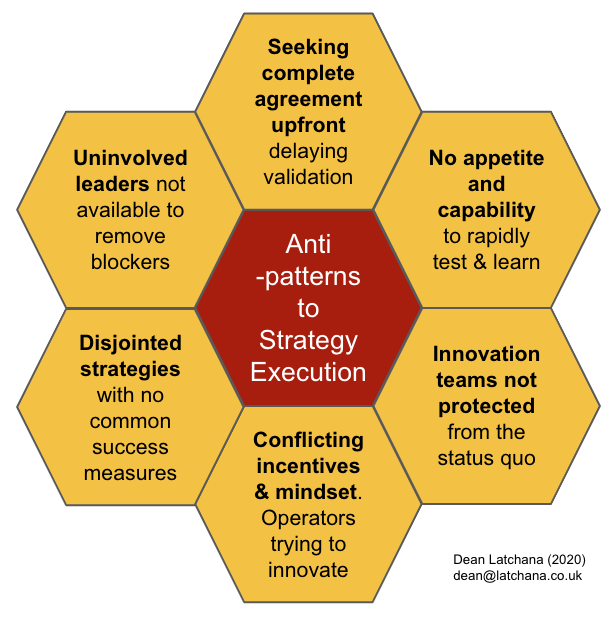
Seeking complete agreement upfront
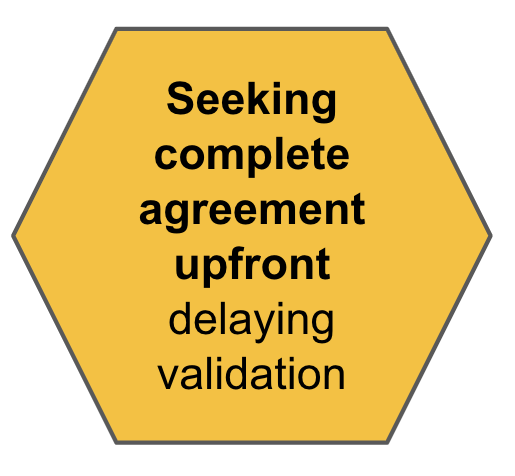
Leaders delay strategic execution by seeking consensus that’s further delayed by overplanning. There’s little appetite to test convictions rapidly by starting small and deciding whether to continue based on validated learning.
No appetite and capability
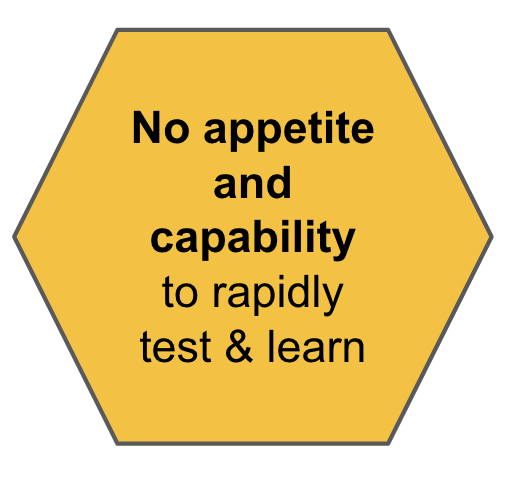
Over investment and comfort in the status quo results in no genuine appetite for disruption, learning and discovery. This can lead an organisation into what Dave Snowden terms Competency Induced Failure.
Innovation teams not protected
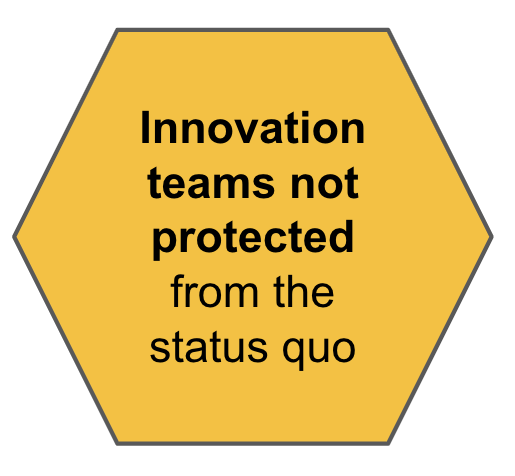
Innovation teams are constrained by previous commitments, ill-fitting governance and sceptics that are vested in maintaining the status quo. Know that the status quo will hinder innovation through apprehension, bureaucracy and claims about tradition.
Conflicting incentives & mindset
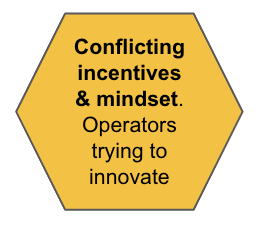
Operators are habituated to maintenance and continuous improve what already exists. Operators are incentivised to deliver outcomes built upon a backbone of existing success. Such a mindset and incentives are the antitheses of those of the innovator’s.
Disjointed strategies
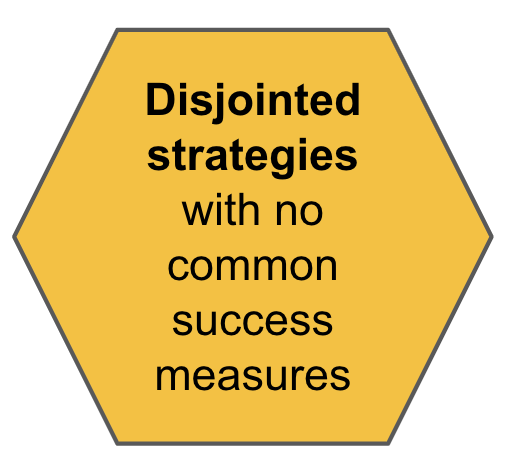
Often as the result of misaligned leaders following a merger or consolidation, separate leaders champion separate and ill-fitting strategies. These disjointed strategies don’t roll-up to a common set of success measures and are not faithful to a shared vision.
Uninvolved leaders
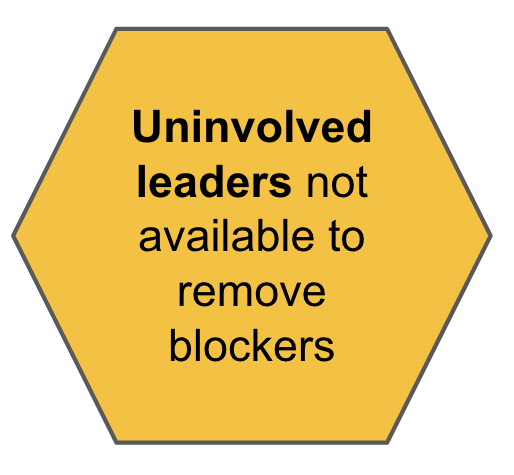
Leaders are unable to free-up time so they manage strategic execution at arms-length. They do not have the capacity to truly support and co-discover the emerging journey of the innovation team. Neither do they have the focus to remove organisational impediments.
Patterns to Strategic Execution
In the next article, I’ll share the patterns which create the mindset, ways of working and conditions for effective strategic execution.
